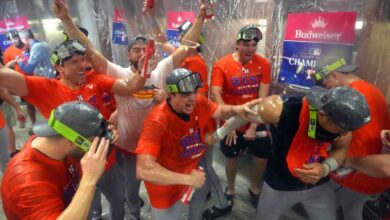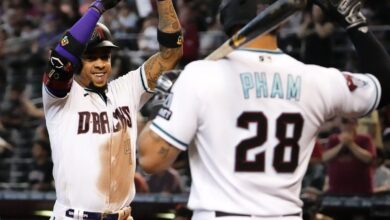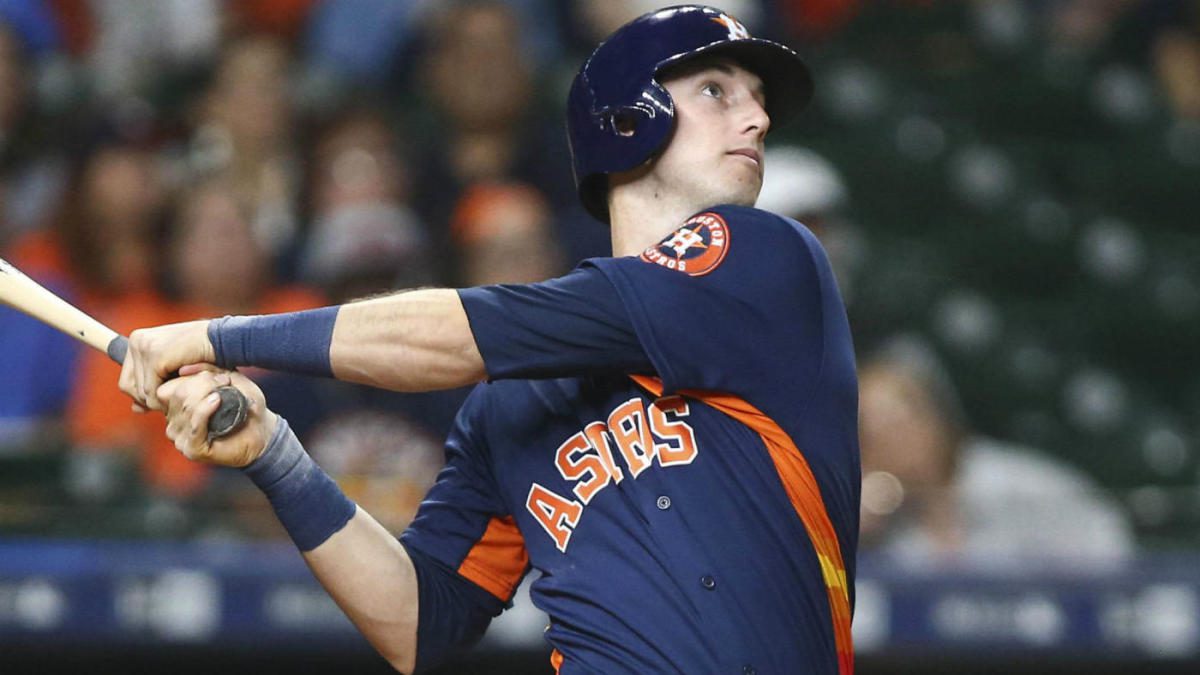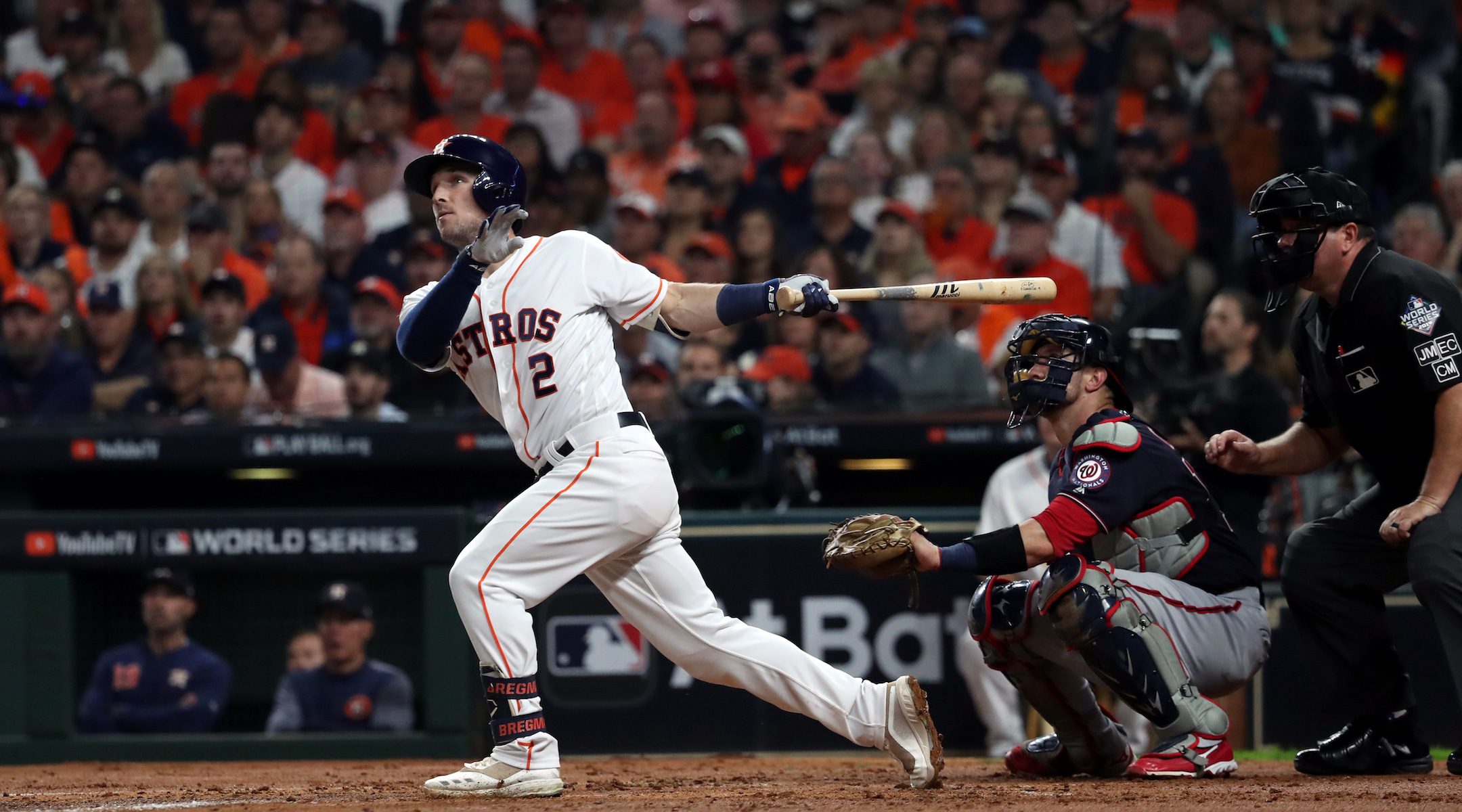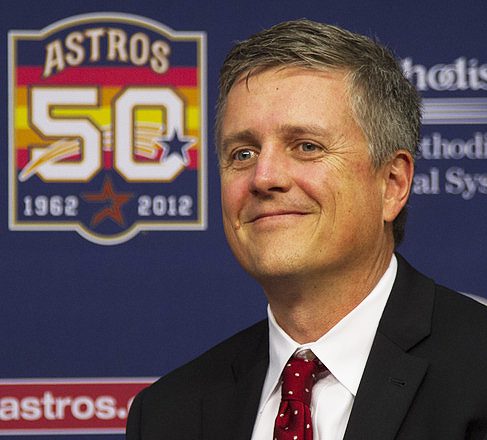
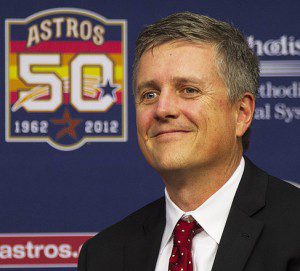
A bond is a debt instrument where you loan money upfront and are paid back either over time, or at some maturity date. The money you receive in return has an interest component based on risk, and time to maturity. Holders of government bonds, which are assumed to have no risk, receive a lower return compared to a the holder of a “junk” bond which is issued by a higher risk entity. This is because the “junk” bond may not pay you anything back if the company that backs it goes bankrupt. To entice people to buy these, they offer higher interest rates (or deep discounts).
Okay, so how does this relate to baseball?
In this exercise, the entity is the Houston Astros, and the bonds they are acquiring are prospect bonds. When examining which prospect bonds to buy or trade for, they first have to determine when they plan to be competitive. The easy answer to that is, not soon, and a best guess is 2014 at the earliest when Jonathan Singleton and Jarred Cosart may be able to contribute. The second thing to examine is the market. Since the latest collective bargaining agreement, teams have been unwilling to give up “high grade” prospects for rentals due to the fact they no longer will receive compensatory draft selections for the acquired players in the next year’s draft. For non-rentals, teams have shown more reluctance to part with their higher-rated prospects than in the past.
The Astros aggregated this information and found the market would supply them only junk grade prospects for players like Carlos Lee, Wandy Rodriguez, Brett Myers and Chris Johnson. Now, junk grade doesn’t mean these guys are crappy players. What it means is they are risky; there is less of a chance they pan out as productive major leaguers. They differ from high-grade prospects in that they have yet to prove themselves against higher levels of competition, or they haven’t tapped into their touted potential. The key to investing in junk prospect bonds is to find the ones with the highest return rates and longest maturities, and to get as many as possible. This simplifies to acquiring the youngest prospects with the highest ceilings, in quantity.
As the clock struck 4 pm at the trading deadline, Houston had acquired 13 players for the aforementioned veteran talent plus J.A. Happ and Brandon Lyon. Thirteen bullets. Thirteen junk bonds. The majority of these players are 22 and under, with four 21-year-olds and a 19-year-old in the bunch. Four of these players are former first-round picks. Not all of these players are going to return anything of value. The thing to note is, if they do provide anything, it will be cost controlled. If Bobby Borchering turns into a sub-average defensive left fielder but hits 20 home runs for six years for Houston, they will have reaped a return. Same if Matt Dominguez can field third base at a league-average rate and turn out a .270/.330/415 in the pros. Robbie Grossman could turn into a decent defensive center fielder with a great batting eye and solid contact skills. Asher Wojciechowski and Joseph Musgrove could be rotation candidates by 2014/2015 etc., etc. Or, they could be nothing.
Out of these 13 players, they are banking on getting a higher return than that of their departed veterans. Whether that all comes from one player, or a bit from each remains to be seen. Considering they gave up half seasons of all of the above veterans, plus a future $13 million dollar season of Wandy Rodriguez, that shouldn’t be hard to do. If Triple-D rated Colton Cain ends up giving the Astros 80 innings out of the pen with a sub 4.20 ERA at some point, the ‘Stros are winners this deadline. Mad ups to Jeff Lunhow for playing the prospect bond market to perfection.


